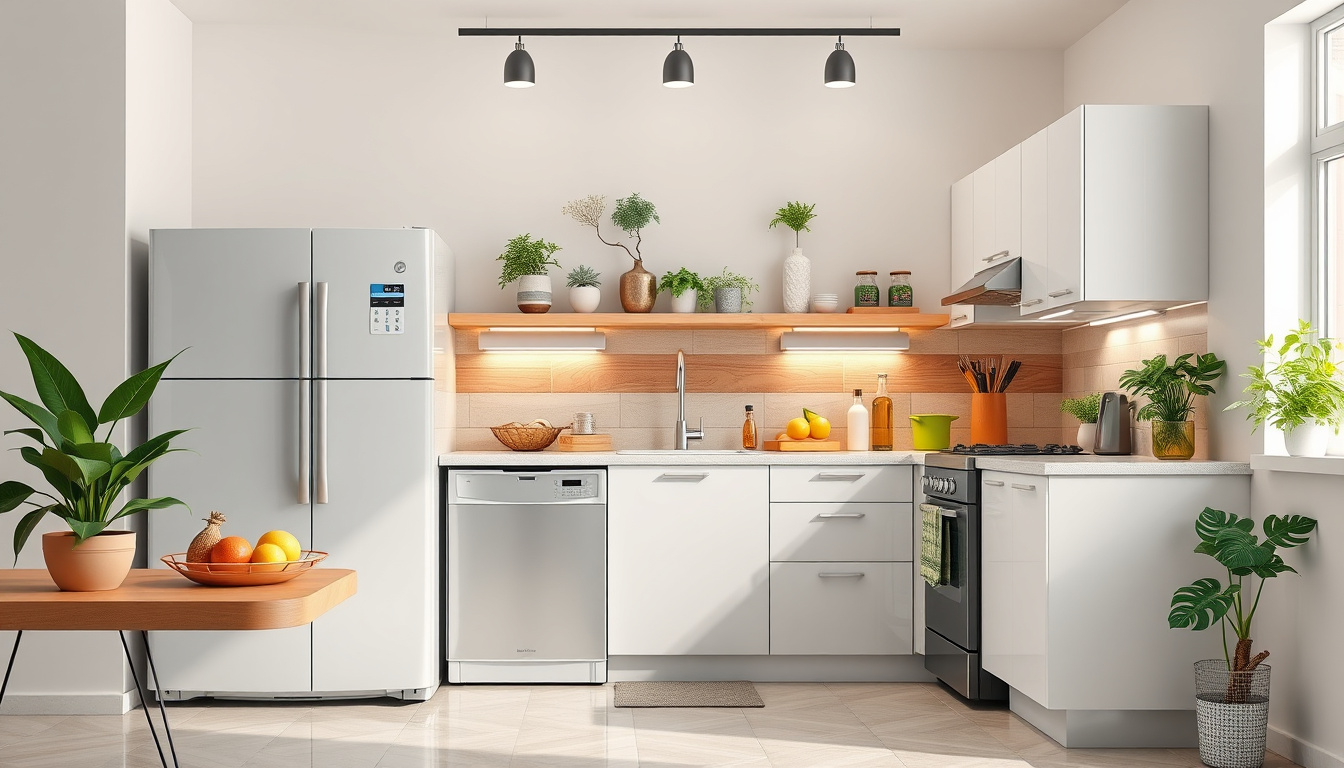As the world increasingly moves toward sustainability, utilizing energy-efficient devices has become a key strategy for homeowners and businesses alike. Not only do these devices help reduce electricity consumption, but they also contribute to significant cost savings and a reduced carbon footprint. In this comprehensive guide, we will explore the benefits of energy-efficient devices, types of appliances to consider, tips for maximizing energy savings, and available incentives that encourage this shift toward efficiency.
Why Choose Energy-Efficient Devices?
Energy-efficient devices are designed to use less energy while still delivering the same level of performance as their conventional counterparts. Here are some compelling reasons to make the switch:
-
Cost Savings: Energy-efficient appliances often have a higher initial purchase price, but their lower energy consumption means that they typically pay for themselves over time through reduced utility bills.
-
Environmental Benefits: By consuming less electricity, which often stems from fossil fuels, energy-efficient devices play a crucial role in reducing greenhouse gas emissions. This makes a significant impact in the fight against climate change.
-
Improved Performance: Many energy-efficient products incorporate the latest technologies, offering superior performance compared to standard models. For example, modern smart thermostats can learn your schedule and optimize heating and cooling for maximum efficiency.
-
Tax Credits and Rebates: In many regions, purchasing energy-efficient appliances can make you eligible for tax credits and rebates, further enhancing your savings. In the U.S., programs like ENERGY STAR provide a comprehensive list of eligible products and available incentives.

Types of Energy-Efficient Devices
When considering energy-efficient devices, some common categories include:
Appliances
- Refrigerators: ENERGY STAR certified refrigerators use at least 15% less energy than standard models.
- Dishwashers: Newer, energy-efficient dishwashers consume less water and use advanced washing techniques to improve efficiency.
- Clothes Washers and Dryers: High-efficiency models can significantly cut energy use, particularly when paired with proper load management.
Heating and Cooling Systems
- Air Conditioners and Heat Pumps: ENERGY STAR rated units are optimized for efficiency, helping to maintain comfortable indoor temperatures with less energy consumption.
- Smart Thermostats: These devices can reduce heating and cooling costs by programming temperature adjustments based on your habits.
Lighting
- LED Bulbs: These consume up to 80% less energy than traditional incandescent bulbs and last significantly longer, reducing both energy usage and replacement frequency.
Electronics
- Computers and Home Office Equipment: Energy-efficient technology minimizes energy use while maximizing performance, making it a smart choice for those using electronics daily.
Tips for Maximizing Energy Savings
Implementing energy-saving practices alongside choosing energy-efficient devices can amplify the benefits. Consider these tips:
-
Regular Maintenance: Ensure your appliances are running efficiently with regular cleaning and servicing, which can help maintain optimal performance.
-
Unplug Devices: Many electronics consume energy even when turned off, known as phantom loads. Unplug devices or use power strips with switches to save energy.
-
Adjust Settings: Set your appliances and heating/cooling systems to optimal settings. For instance, setting your thermostat a few degrees higher in summer and lower in winter can lead to impressive savings.
-
Use Smart Tech: Utilize smart home technology that can automate and monitor energy consumption, providing insights and control over your usage.
Available Incentives for Energy-Efficient Purchases
The U.S. government offers various programs to incentivize energy efficiency. Many states provide rebates for purchasing ENERGY STAR certified products, which can offset the initial costs. Specific tax credits are also available for making upgrades to your home’s energy efficiency. It’s advisable to check local and federal programs to see what savings opportunities exist in your area.
Conclusion
The shift toward energy-efficient devices is not just a trend; it’s a necessity for sustainable living. By choosing energy-efficient appliances and implementing energy-saving practices, individuals can enjoy significant savings on their utility bills while contributing to a healthier planet. Investing in energy efficiency is not only good for your wallet but also essential for creating a sustainable future. Start making energy-efficient choices today—small changes can lead to substantial impacts.



